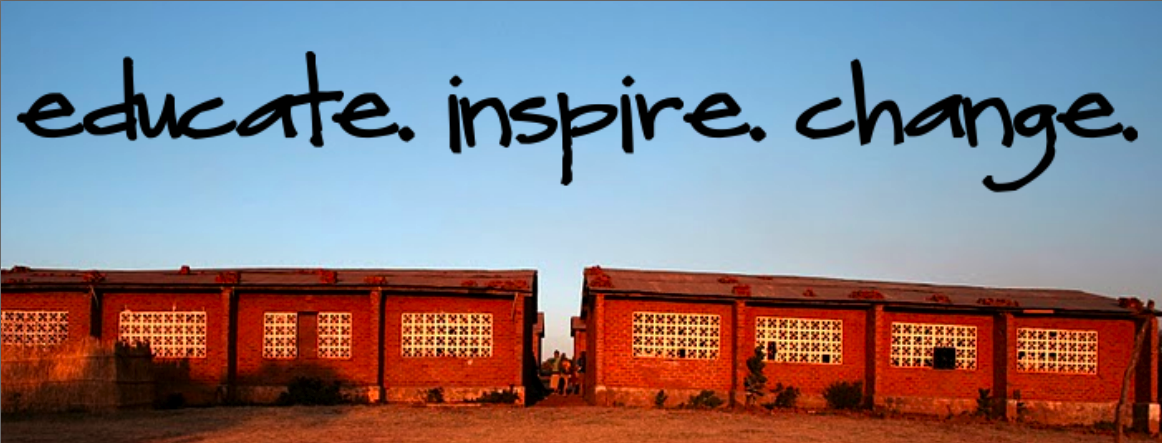The issue of sex work has been brought to the forefront of Malawi’s attention due to the recent “rescue” of a young girl from sex work in Mzimba. (Nyasa Times) Young women are drawn into sex work for a multitude of reasons, but in a country with such a high HIV prevalence rate, sex work poses even greater dangers than in other locations. Sex workers and police officers are the populations with the highest HIV prevalence rates in Malawi. It is estimated that eighty percent of “Bar Girls” in Malawi are living with HIV. (Nyasa Times) Still, prostitution remains a somewhat common profession for young women in Malawi, despite the risks.
As Malawi urbanizes many people move from rural farmland, which has been declining in livability due to drought and shrinking land holdings. These displaced people are often moved into menial professions in the towns and cities, struggling to make ends meet. This movement is one major source of prostitution; prostitution is a way that rural women can survive in the city. Women often get jobs as Bar Girls, a common entry point into prostitution. Bar Girls serve beer and other beverages at bars and from that gain access to a male clientele. Some parents allow their daughters to get jobs as bar girls, not always knowing what this may mean, to help support the family. These girls occasionally choose to do sex work, other times they are forced by employers. (Health Transition Review)
Several issues exist with the prevalence of sex work. The first is the spread of HIV. Since prostitution is illegal in Malawi, sex workers are resistant to get tested and be honest about their sexual practices with doctors. Though many sex workers claim to use protection, it is difficult to monitor how many actually understand and practice safe sex. The second issue is the prostitution of young girls. In the most recent case reported by the Nyasa Times, a fifteen year old girl had been choosing to do sex work to save money until the Luvwele Mothers’ Group stepped in. After receiving support and counseling from the Mothers’ Group, the girl chose to go back to school
There is a national conversation about whether these issues could be mitigated by legalizing prostitution. Many traditional groups insist that prostitution remain illegal but other organizations such as Malawi Women in Tourism (MWIT) insist that legalizing prostitution is the best way to keep sex workers safe. As it currently is, sex workers are committing a crime, so they find it more difficult to seek medical help or stand up for their right to use protection. It also makes it easier for employers to hide that they are using underage women as Bar Girls / sex workers. If it were legal for prostitutes to sell consensual sex, they could be regulated for age and tested for STD / STI prevention. These women would also feel safer going to the police about abuse or other issues. Concerns about the safety of sex trade, the modern-day slave trade, and sex tourism counterbalance these positives, creating a difficult choice in policy. (Nyasa Times)
It is unlikely that prostitution will disappear from Malawi, or any place for that matter, anytime soon. However, with proper regulation, it might be possible that young girls could be kept in school and the spread of HIV could be slowed. Whether it is through legalization of prostitution or better protection by parents and groups, we hope for the safety of women young and old, and fewer and fewer HIV infections.
Post written by Zoey Ponder and Emily Stallings

 In recent years generic antiretroviral drugs have become available, reducing the cost of preventing and treating HIV/AIDS. Still, “For middle income countries the situation is worse, with some countries paying more than 12 times more than the lowest known price.” (
In recent years generic antiretroviral drugs have become available, reducing the cost of preventing and treating HIV/AIDS. Still, “For middle income countries the situation is worse, with some countries paying more than 12 times more than the lowest known price.” (